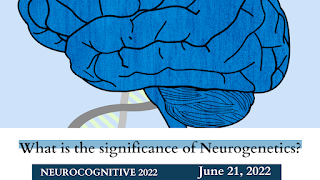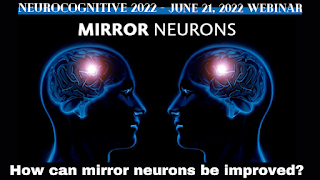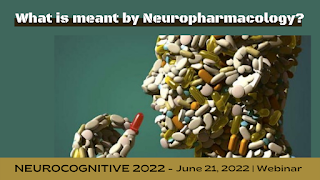What is the significance of Neurogenetics?
The Yale drugs Neurogenetics
Program offers whole exome sequencing a cheap and economical technique of
pinpointing genetic factors of hereditary disease. That may facilitate patients
confirm the extent to that their genetic material plays a task in their
condition. There’s growing proof that the neuropeptides Pitocin and endocrine
modulate complicated social behavior and social knowledge. These ancient
neuropeptides show a marked conservation in cistron structure and expression,
nonetheless diversity within the genetic regulation of their receptors looks to
underlie natural variation in social behavior, each between and at intervals
species. Human studies ar starting to explore the roles of those neuropeptides
in social knowledge and behavior and recommend that variation within the genes
secret writing their receptors could contribute to variation in human social
behavior by sterilisation brain perform. Understanding the biological science
and neurogenetics of social knowledge and behavior has vital implications, each
clinically and for society.
The MAGE family has enlarged dramatically,
and over twenty five MAGE genes have currently been known in humans. The main
focus of studies on the MAGE proteins has been their potential for cancer
therapy, as results of the finding that peptides derived from MAGE cistron
product ar sure by major organic phenomenon complexes and conferred on the cell
surface of cancer cells. However, the traditional physiological role of MAGE
proteins has remained a mystery. Recent studies ar currently starting to give
insights into MAGE cistron performs. Necdin acts as a cell cycle regulative
macromolecule and plays a key role within the pathologic process of
Prader-Willi syndrome, a neurogenetic disorder. MAGE-D1, known as a binding
partner for the p75 neurotrophin
receptor, the caspase-mediated cell death repressing macromolecule XIAP, and
Dlx/MSX homeodomain proteins, blocks cell cycle progression and enhances
caspase-mediated cell death. This review provides an summary of the human MAGE
genes and proteins, summarizes recent findings on their cellular roles, and
provides a baseline for future studies on this intriguing cistron family.
Clinical, genetic, and neuropsychopharmacological
studies of organic process factors in alcoholism ar providing a more robust
understanding of the biology bases of temperament and learning. Studies of the
adopted-away youngsters of alcoholics show that the predisposition to initiate
alcohol-seeking behavior is genetically completely different from status to
loss of management once drinking begins. Alcohol-seeking behavior could be a
special case of searching craving behavior and involves completely different
neurogenetic processes than do status to activity tolerance and dependence on
the antianxiety or sedative effects of alcohol. 3 dimensions of temperament are
represented that will mirror individual variations in brain systems modulating
the activation, maintenance, and inhibition of activity responses to the
results of alcohol and different environmental stimuli. These temperament
traits distinguish alcoholics with completely different patterns of activity,
neuroscience, and neuropharmacological responses to alcohol.



Comments
Post a Comment